Learn how to glide dance
Learn the Glide
J
ustin does it. So do Usher and Missy. Nearly every time you flip on MTV you can see an R&B star shifting seamlessly between toe and heel, sliding over the floor’s surface in an effortless glide. It looks easy, but it takes skill and time to master the illusion of floating across the stage. A variation on the glide made history when Michael Jackson moonwalked, and now the original is turning up in hip-hop choreography—and commercial dancers are expected to know how to do it. Here,
DS gives you tips to perfect this elusive move, starting with a prep exercise, then breaking it down step by step.
Break It Down
The glide is difficult to master because it features the continuous flow of seemingly inseparable components. However, “it’s really a series of subtle and tense weight shifts,” says hip-hop choreographer, teacher and dancer Rhapsody. So, to understand the move as a whole, break it into digestible parts.
Side-to-side preparation exercise:
- Begin with feet parallel in sixth position. Your shoulders should be back and weight should be in the middle of your feet.
- Move weight to the balls of your feet, expand your chest like you’re blowing up a balloon and move your arms straight back. Slide your right foot forward in an S-curve to the right until you’re in a standing lunge position. Your chest should be puffed forward, with your neck slightly jutting in that direction as well. Arms are up to you; we’ve shown the right arm going out with the foot. Your right foot will be in a forced arch, giving the illusion of leaning forward; the left foot acts as your anchor.
- To return to center, contract your stomach and slide your right foot back to parallel while bringing your arms to your sides. Repeat with the left foot.
Continuous Direction Glide:
- Start with feet parallel in sixth position.
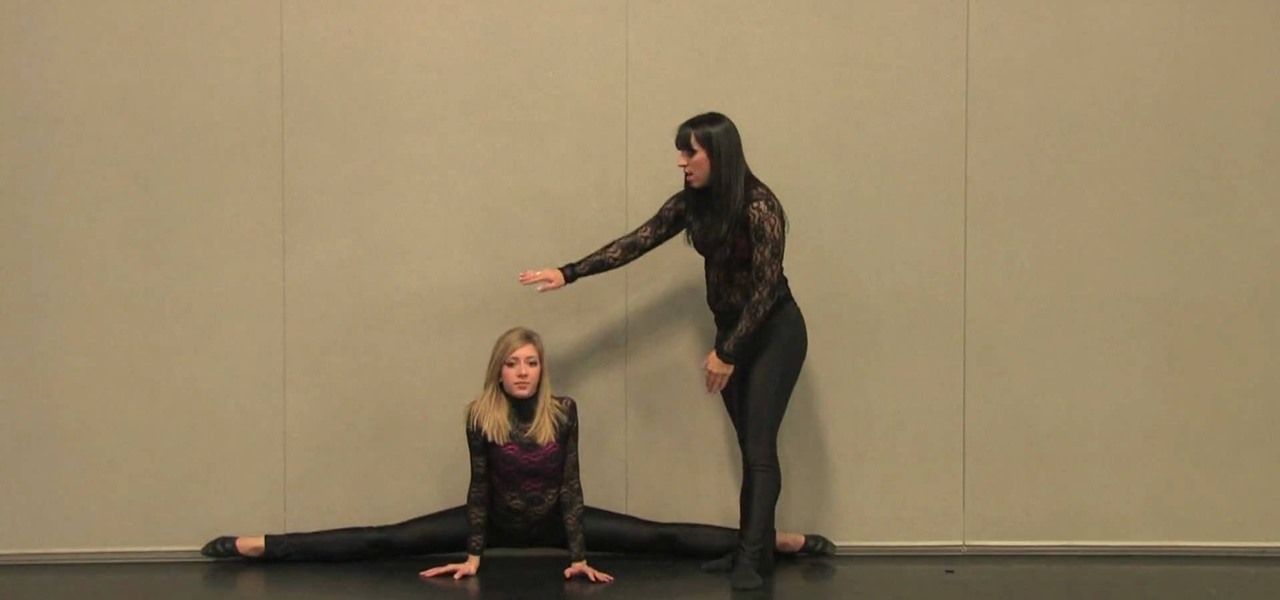 For a glide that moves toward the left, dig your right toe into the floor.
For a glide that moves toward the left, dig your right toe into the floor.
- Push your left foot away, letting it slide along the floor. “You should be in a deep forced-arch lunge,” says Laya Barak, hip-hop teacher at Steps on Broadway and Dance New Amsterdam.
- Rotate your right foot inward, pigeon-toed, lifting your toe up. At the same time, shift your left foot so that it faces left, toe digging into the floor, mirroring the initial position of your right foot. You should be in a locked toe-heel position—weight on the left toe and right heel.
- Slide your right foot in toward your left toe. Switch heels quickly: Your left heel returns to the floor in parallel while your right foot rotates back out and pops onto a forced arch. Dig into your right toe and slide the left foot back to begin again.
Watch Your Weight
“The glide’s most important component is definitely an understanding of weight shift,” says Rhapsody. “You have to drive forward with your toe to give the illusion of moving [smoothly] through space. There should be a swell of energy like a pendulum, a hover at the top of the move when you reach one side. That makes the glide dynamic.” Throughout, your chest should move fluidly in the direction of each digged toe.
“You have to drive forward with your toe to give the illusion of moving [smoothly] through space. There should be a swell of energy like a pendulum, a hover at the top of the move when you reach one side. That makes the glide dynamic.” Throughout, your chest should move fluidly in the direction of each digged toe.
Feel the Stretch
While Barak agrees that the shift is important, she also stresses understanding tension. “The best glides feel like you have an invisible rubber band from your right shoulder to your left foot that stretches as you slide your left foot away and resists as your feet come back together,” she says. This tension creates fluidity and strength. And when you’re switching heel pops just before a new section of your glide, that tension maintains the flow.
Try It!
- To cultivate a cleaner line, practice digging your toe in and finding a deep forward lunge before adding it into the glide.

- Master the side-to-side glide exercise before moving on to the continuous direction glide. The motion and intention is the same.
- Experiment with the step. Add your own personality with neck swivels and chest isolations to make the glide look more robotic. Or, add hard shoulder locks to make the glide tough and staccato.
- Try moving your glide in a circle. Extend the lunging leg to the back open diagonal, and as you shift your weight back toward sixth position, rotate your hips 90 degrees until you’re facing the side of the room. Repeat to face back, then the side, then front again to complete the circle.
Lauren Kay is a writer, dancer, and dramaturge based in New York City.
UX/UI Case study -Glide App. Glide app is an online dance session… | by Aryan Tripathi
Case Study Cover pageGlide app is an online dance class booking app for a dance studio situated in Jaipur which allows users to book their desired dance class online without physically going to book the class. This is my first UX case study that I made for my personal project which I am doing for my Google UX design course.
This is my first UX case study that I made for my personal project which I am doing for my Google UX design course.
People feel frustrated and annoyed as they have to wait in long lines to book their favourite dance class.
An online dance class booking app that allows quick and easy booking of dance class and also provides details about the instructor on a separate screen.
UX researcher, UI designer, Wireframing, Prototyping
Design ProcessUser research
I conducted research and interviews to understand the users I’m designing for and their needs. A primary group identified were users between the ages of 18-26 yrs.
This user group wanted to learn dance and make friends. Problems faced by this user group were that they didn’t have time to book dance classes offline as many of them were doing 9–5 jobs or were in college.
Empathy map
User story
User Personas
User Journey
Goal: Booki dance class online using an mobile app
In this phase of design I designed a user flow to gain a clearer picture of the path to be taken by users and then I sketched the paper wireframes using the Crazy Eights approach to visualize the structure of the pages and easily iterate on them. Finally, I designed the digital wireframes for early usability testing, iterations and to create a structure for the mockups.
Finally, I designed the digital wireframes for early usability testing, iterations and to create a structure for the mockups.
Competitive analysis
One way to come up with ideas for design solutions is to compare the website you’re going to design with existing websites from similar organizations by conducting a competitive audit.
In my research process, I conducted an in-depth analysis on 2 existing products to help in understanding the structure, and gaps in the market. This was done on Direct competitors- Buskers Dance Institute, Vox dance studio.
The major insights I got from this was-
- Understanding the typical user flow on dance studio apps and websites and identifying that most of the dance studios in jaipur do not have an app for booking a dance class online.
- Also there is no way to get information about the instructor and to watch pre recorded dance videos.
View the full report on the competitive analysis here.
User flow
Made many iterations of the home screen of Glide app on paper keeping the user pain points in mind.
Converted my paper wireframes into digital wirframes in Figma
Digital wireframesConducted an unmoderated usability study to find out where the design’s aligned with the user problem or not using maze.
After conducting these usability study we made themes of the similar observations.
After defining the insights from the usability study changes were made to the wireframes and those wireframes were then converted to high fidelity mockups.
These mockups were created while fulfilling various design principles such as unity, Gestalt principle, space, hierarchy, contrast etc. Mockups were finalised after conducting various usability study with users.
I am also a freestyle dancer so I have added some of my dance video thumbnails in the mockups 🙂.
High fidelity prototype here.
Impact
This was my first UX project for my Google UX design course. Since this is a mock application it doesn’t have any real life impact. But my peers , friends and family really loved it.
Since this is a mock application it doesn’t have any real life impact. But my peers , friends and family really loved it.
What I learned
I learned a lot from this project as it was my first ever UX/UI project. Through this project, I learned the importance of testing and research and also learned how psychology plays an important role in user interface design.
Moving forward, I would like to incorporate more accessibility features to ensure that the app is useful for a wider range of users. Also I’d like to conduct more usability testing to identify any area of difficulty and to see if the users needs are met.
Thanks for reading :)
Lets connect
LinkedIn — Behance
How to learn to dance shuffle - Lifehacker
December 15, 2019 Likbez Sports and fitness
Master the basic moves, then improvise and have fun.
Iya Zorina
Author of Lifehacker, athlete, CCM
This dance style includes a lot of freedom and improvisation.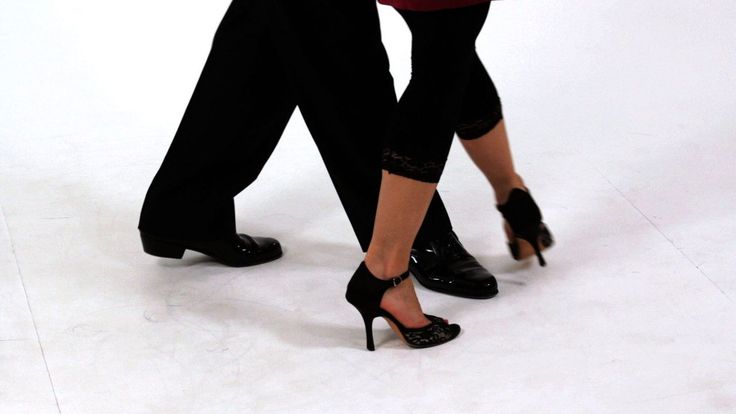 That is why he is so good. You can master the basic movements in a couple of hours, and then complicate them to infinity and combine them with each other, create your own combinations and spy on others. nine0003
That is why he is so good. You can master the basic movements in a couple of hours, and then complicate them to infinity and combine them with each other, create your own combinations and spy on others. nine0003
Dance in sneakers, socks or barefoot, in any outfit, anywhere.
Master the basic movements of the shuffle
In this style, you do all the basic movements with your feet, the hands most often move freely - according to the heart.
Running man
This is the most basic and essential shuffle movement. You can do it in three different ways.
Full foot
The movement begins by bending your knee and lifting one leg. Next, you need to simultaneously put both legs - supporting and raised - at a distance of one step from each other. nine0003
The raised leg is placed forward on a full foot, the standing one behind slips back on the ball of the foot and remains on it - the heel is not placed on the floor.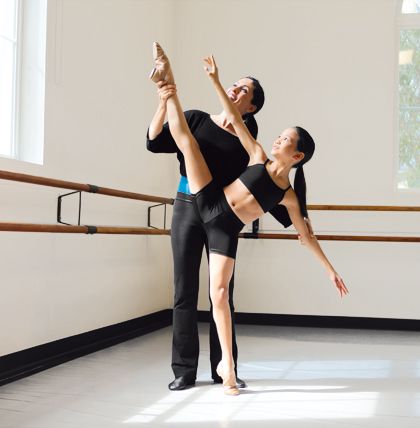 The weight is evenly distributed between the two legs.
The weight is evenly distributed between the two legs.
After that, it remains to return to the starting position. To do this, the front leg slides back, and at the same time, the back leg is pulled up. You find yourself in the starting position and repeat the cycle. The movement itself is soft and springy: do not stick into the floor, keep your legs relaxed. nine0003
Heel
This is a lighter and faster running man look that may be needed for some combinations. Here you put your foot not on the whole foot, but on the heel. At the same time, the one standing behind remains on the toe.
On pads
In this variation, the foot is placed forward on the pad. At the same time, the one standing behind also remains on the ball of the foot, and the body leans slightly back.
T‑step
In this movement, one foot constantly makes a “herringbone” - turns the heel in and out - and the second touches the floor and immediately rises back. nine0003
When the heel of the skating leg turns inward, the toe of the other leg touches the floor; when outward, the other leg rises, turning the knee inward.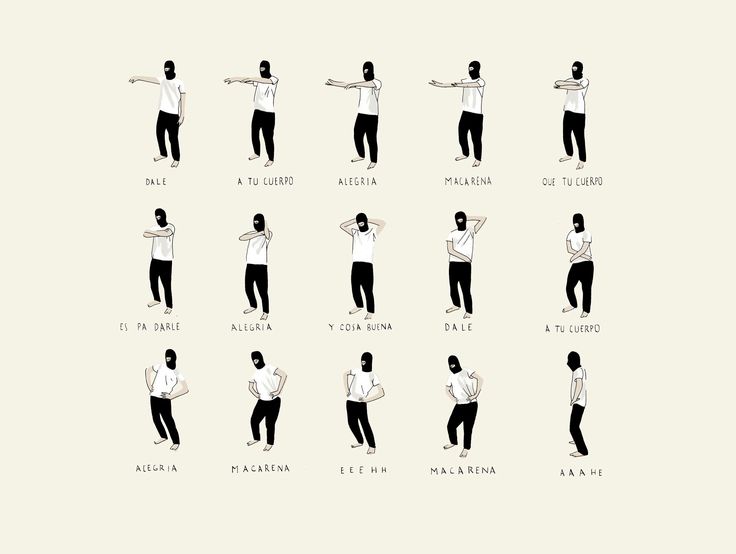
It turns out two positions: closed - when the legs are wrapped with the knees inward, and one leg is raised, and open - when the legs are turned out with the knees outward, and the toe touches the floor. Practice doing the T-step in both directions: slowly at first, then with acceleration.
Rocking
You jump on one foot while the other touches the floor in different places: on the side of the supporting leg, across, behind - anywhere you want. You can put your foot on the toe or on the heel - the latter is called a kick. The supporting leg can simply rise low or perform a T-step - move the heel out and in. nine0003
Charleston
To begin, you turn your knees and toes inward and lift one leg. Then turn your toes and knees outward, and put your raised leg forward crosswise. Repeat the same with the other leg.
All movement occurs on the balls of the feet, the heels do not fall to the floor. You can move both forward and backward.
Diamond
First, with a jump, you put your feet crosswise with your toes out, then you also spread your legs to the sides with a jump.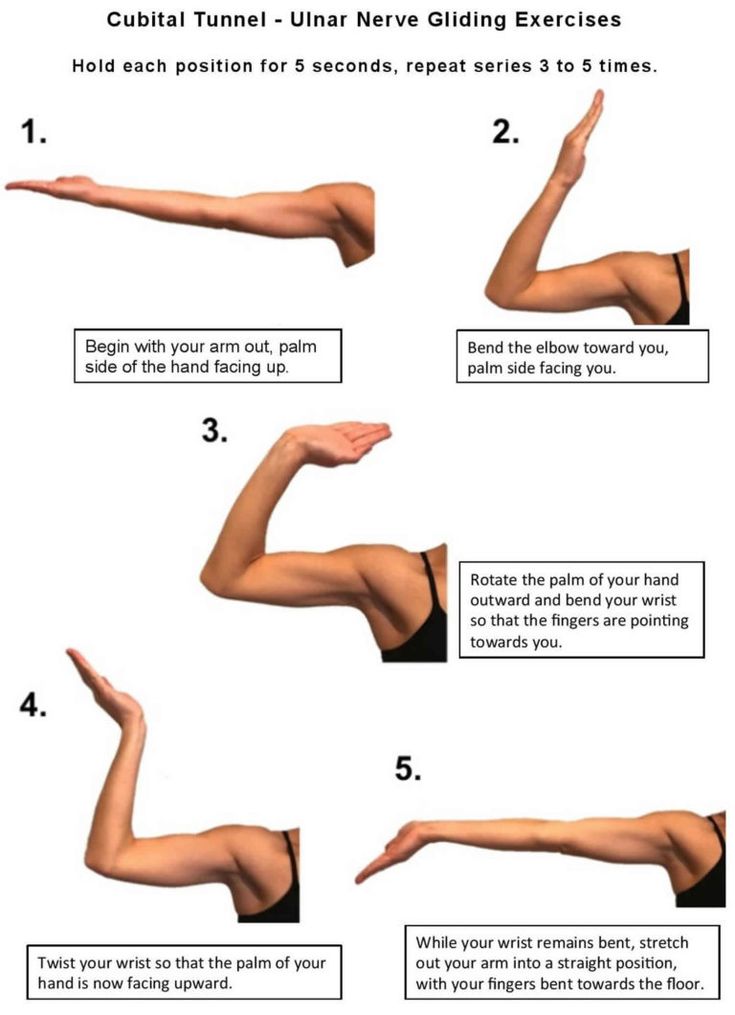 nine0003
nine0003
Slides
One leg is straight, stands on the whole foot, the other is with a bent knee on the pad. Leaning on the pad, you slip the foot of a straight leg back, as if wiping the sole on the floor.
Immediately after the slip, you turn around. In the turn, the straight leg bends and goes to the pad, and the one that was on the pad, on the contrary, turns on the heel. After that, it remains only to change legs and move in the same way in the other direction.
Scissors
From the starting position - standing with a raised leg, as in Running man - you turn your hips to the side with a jump and put your legs crosswise.
The front foot is on the heel, the back foot is on the ball. Then you jump back to the starting position and do the same on the other side.
Sidekick
From the starting position, you turn your hips to the side with a jump and spread your legs a step apart from each other. The standing foot in front is placed on the heel, the standing one behind remains on the pillow.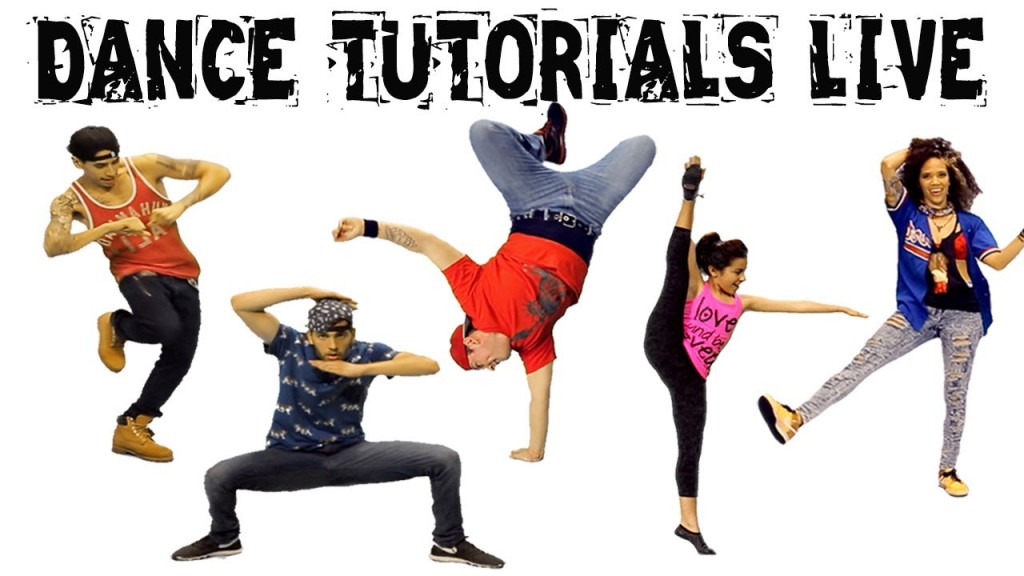 Then, with a jump, you collect your legs and do the same on the other side. nine0003
Then, with a jump, you collect your legs and do the same on the other side. nine0003
Try other variations of the basic shuffle movements
You can perform basic movements in different directions: forward and backward, turning around. This will give you more freedom to improvise.
Variations Running man
Do several times in place and then turn around. You can also try walking this way to the side. Each time the leg will need to be placed slightly crossed in order to slowly move to the side.
Variations T‑step
You can lower your foot on the toe, on the whole foot, touch the floor to the side of the supporting leg or forward and behind it.
You can also keep the other leg on the floor at all - leave it on the toe and turn the knee in and out.
Variations Diamond
Here one more element is added to the movement – the heel strike. In the starting position, you wrap the toes of the feet and knees inward, and then jump on the heels, turning the socks to the sides.
From this position, without jumping, you turn your toes and knees inward, cross your legs with a jump, turning your feet with your toes outward, and then return to the starting position. nine0003
Charleston Variations
After three turns of the Charleston, turn both toes in one direction and then in the other. At the end, you can turn the knee to the side.
Combine familiar shuffle moves
While you lack the skills to move freely and come up with something of your own, learn a few combinations. They contain interesting movements that will replenish your dance vocabulary.
Combination 1
This is a simple combination of two basic movements - Running man and T-step. First take five Running man steps, then four T-steps to the side and repeat the same in the opposite direction. nine0057
Combination 2
Another combination of two basic movements. Here you do three Running mans, then one T‑step with a back foot touch, and two front heel touch kicks.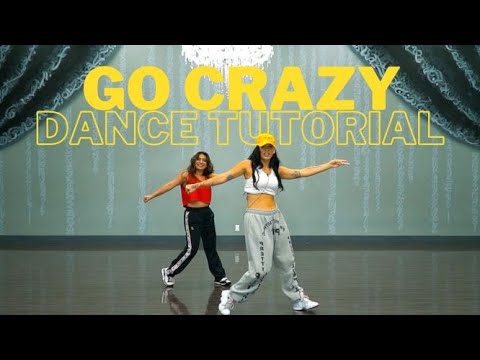 The same on the other side.
The same on the other side.
Combination 3
There are no standard steps here, but there are already familiar Sidekick and transition from heels to toes.
Learn more difficult combinations
We will add some videos with good combinations.
1. Cool video for beginners: movements are repeated in slow motion to make it easier to dance to the music. nine0003
2. And here the combination is analyzed step by step in slow motion, dividing it into three parts. Very comfortably. Look for more on this channel, there are several such analyzes.
3. No slowdown here, just a great combination. But you already know almost all the movements, so you can figure it out. If something is not clear, watch the video at a speed of 0. 25.
25.
Pick the music and improvise
You probably have a favorite song to shuffle to. Include them and start with basic movements: just do the Running man and periodically add different elements when you want. Move in different directions, relax and have fun. nine0003
If you don't have favorite tracks, try our selection.
I must say that the shuffle is an amazing cardio workout. In just a couple of tracks, you will be out of breath and sweat, like after a run, but you will feel absolutely happy!
What's more, if you have to force yourself to keep going while running, shuffle requires you to have the willpower to stop and not dance. As a bonus - a short video from a beginner after a couple of hours of practice. nine0003
Shuffle is cool!
Read also 🕺💃🤸♀️
- Dancing as a sport: choosing the right direction
- Dance and movement therapy: how to know and change yourself through movement
- How to learn to dance: video lessons for those who are not afraid to try
- How to learn street dancing without leaving home
- Zumba is a fun way to lose weight for those who love dancing
*Activity of Meta Platforms Inc.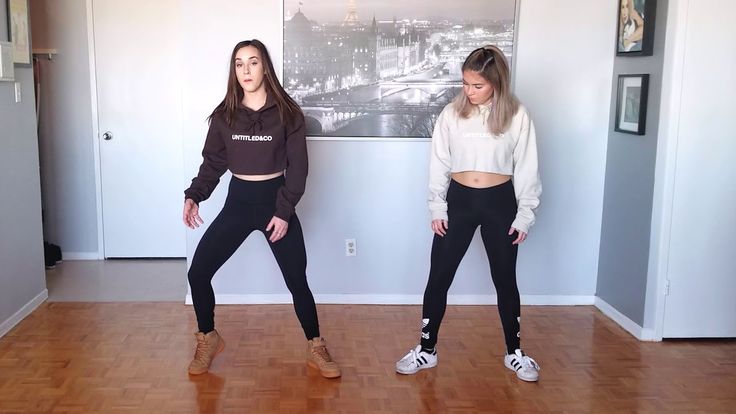 and its social networks Facebook and Instagram are prohibited in the territory of the Russian Federation.
and its social networks Facebook and Instagram are prohibited in the territory of the Russian Federation.
Shuffle for beginners: all about dance
Contents
What is dance?
Shuffle (shuffle, shuffle) is recognized as a real hit of 2017. This is not a battle dance, but a way to express the worldview to others using your body language. This direction is characterized by movements that imitate the trampling of a dancer in one place with smooth steps, and the dance itself is divided into two varieties:0003
- Australian classic;
- Malaysian.
The dance as such appeared towards the end of the 80s in the underground venues of the Australian city of Melbourne. He accidentally hit the masses and subsequently began to actively progress, capturing the popular nightlife in Melbourne, and a little later, club hangouts around the world.
In the early 1990s, shuffle separated from the original musical style of acid house and became a separate dance direction, changing the musical background from tehno to trance and house along with it. At the same time, the speed of movements performed by the dancer also changes upwards. And ten years later, the popularity of the dance reaches unprecedented heights thanks to various videos on the Internet and numerous mentions in the media. nine0003
At the same time, the speed of movements performed by the dancer also changes upwards. And ten years later, the popularity of the dance reaches unprecedented heights thanks to various videos on the Internet and numerous mentions in the media. nine0003
Today this dance direction is promoted by many popular DJs and famous party-goers from the club industry of foreign countries, in our country this dance direction is just beginning to develop.
Dance with the feet - this is the name of the shuffle
This dance direction is characterized by more movements of the legs and the lower part of the body, which gave the style the street name “dance with the legs”.
If at first the shuffle was danced arbitrarily, at any speed and in any rhythm, now it is danced as quickly as possible. So the audience practically does not see each individual element and perceive the movements of the dancer as one whole. nine0003
Shuffle can be danced in different ways, for example, in both Malaysian and Australian directions, there are several main ways of dancing: with and without arms and body, with and without running movements, with jumping rolls and in a softer manner.
Like many dance styles, shuffle is a mix of other street club styles. The main feature of the style is that it is available to everyone who wants to express themselves with the help of the voice of their body. nine0003
Why shuffle is so popular
Shuffle is a very spectacular dance, which originally consisted of quick "shuffling" movements of the legs, creating the illusion of the dancer hovering and sliding. Over the years, it has acquired many variants of execution, acquired a large number of elements and continues to develop.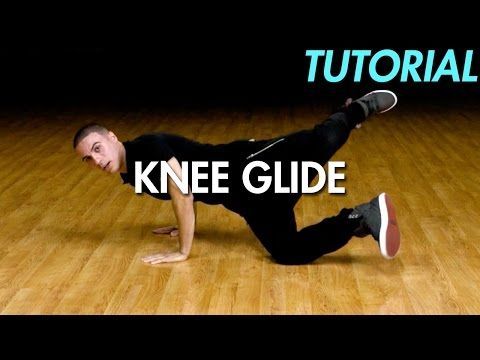 Today, the shuffle is danced to a variety of music, and therefore it is experiencing a rebirth and explosive popularity on the Internet.
Today, the shuffle is danced to a variety of music, and therefore it is experiencing a rebirth and explosive popularity on the Internet.
Shape Dance School - gives everyone the opportunity to learn the Shuffle / Cutting Shapes dance without leaving home, thanks to detailed lessons and control over the correctness of the assignments. nine0003
4 main reasons:
- The best way to lose weight
- Quick start in learning
- Universal and popular dance
- Attention of the opposite sex
Shuffle is the most energy-efficient dance and the most enjoyable way to improve body tone. In fact, this is an intense interval training, but unlike other workouts, you can dance anywhere and anytime, while the most difficult thing is to stop :-). Shuffle as a healthy habit that, in addition to pleasure, significantly increases physical endurance and coordination
If you want to learn how to dance but have never danced before, then Shuffle is the best choice! Shuffle, with proper training, is a quickly mastered dance.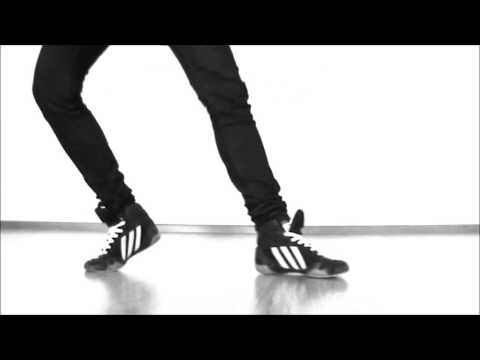 In a week you will be able to dance for your pleasure, alternating several basic elements! Of course, good performance will take time, but after getting the first quick result, you will not lose motivation to develop further
In a week you will be able to dance for your pleasure, alternating several basic elements! Of course, good performance will take time, but after getting the first quick result, you will not lose motivation to develop further
Shuffle is a universal style, it can be danced to different styles of music by guys and girls, where there is an even beat. You can dance at a rave to a club track, at a wedding to Pop music, or at your mother's anniversary to techno from 90's. And then put your dance on the net and become an Internet star. After all, shuffle videos are gaining millions of views in a short time
It is by dancing that many people find their other half. Girls love it when guys can dance, and guys like beautifully dancing girls. The advantage of the shuffle is that it looks appropriate in most dance events and musical styles. Even if you perform just a couple of basic movements at a party, then you will already stand out among the others, attracting the attention and interest of the opposite sex
Shuffle is style
Shuffle is a style in which there are no prohibitions and restrictions on weight, age, gender. Anyone can learn the basic moves to dance in discos, clubs, parties.
Anyone can learn the basic moves to dance in discos, clubs, parties.
To learn how to dance shuffle at a basic level, you need to understand the principle of movements and combine them at your discretion.
But before you start learning the pas, you need to do a warm-up, at least ordinary gymnastics for the joints, in order to minimize the risk of sprains and other injuries. nine0003
If you don't have a studio in your city where you can learn how to dance a popular dance, then video dance lessons will be the way out. In this case, you can learn to move tolerably without leaving home. The most important thing for mastering this dance is a sense of rhythm, the right music (house, trance or any electronic music), comfortable clothes, a positive attitude - and you will succeed!
How to Shuffle Video - Basic Exercises,
Before starting to learn the basic movements of the dance style, the dancer needs to properly stretch the muscles of the legs and arms to prevent them from stretching. However, this rule applies not only to shuffle. nine0003
The main movement in the dance is sliding steps from side to side and back and forth, which are an imitation of the walking of a dancing person in one place. This movement received the term Running man (running man), and subsequently it served as an impetus for the choice of the name of the dance direction - Shuffling, which means "shuffling" or "sliding feet on the floor."
In addition to the standard combination, there are 4 more basic positions in the dance:
- Teshka is a combination of leg movements, which together represents the letter T, when the left foot moves alternately from left to right, while the right foot moves up and down in the same way.
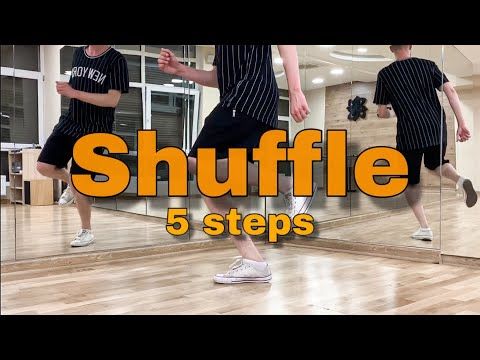 nine0155
nine0155 - Kick - imitation of kicks in the air or on the floor. In this movement, one of them is slightly ahead, and the second hits the place of the other foot. At the same time, the height of the raised knee can vary at the request of the dancer.
- Slide - classic sliding movements.
- Spin - scrolling, which is the rotation of the body around its axis clockwise or counterclockwise. This movement is performed randomly during the dance process, in the order you want. nine0155
Today shuffle uses a large number of dynamic movements from other popular dance styles: popping, locking, liquid dance, breaking, etc. Dancers take interesting combinations and, combining them with each other, create a unique and inimitable dance in the future.
It is more efficient to learn dance with a personal trainer. If this is not possible, the following video lessons for beginners will help you learn how to dance shuffle at home:
nine0267